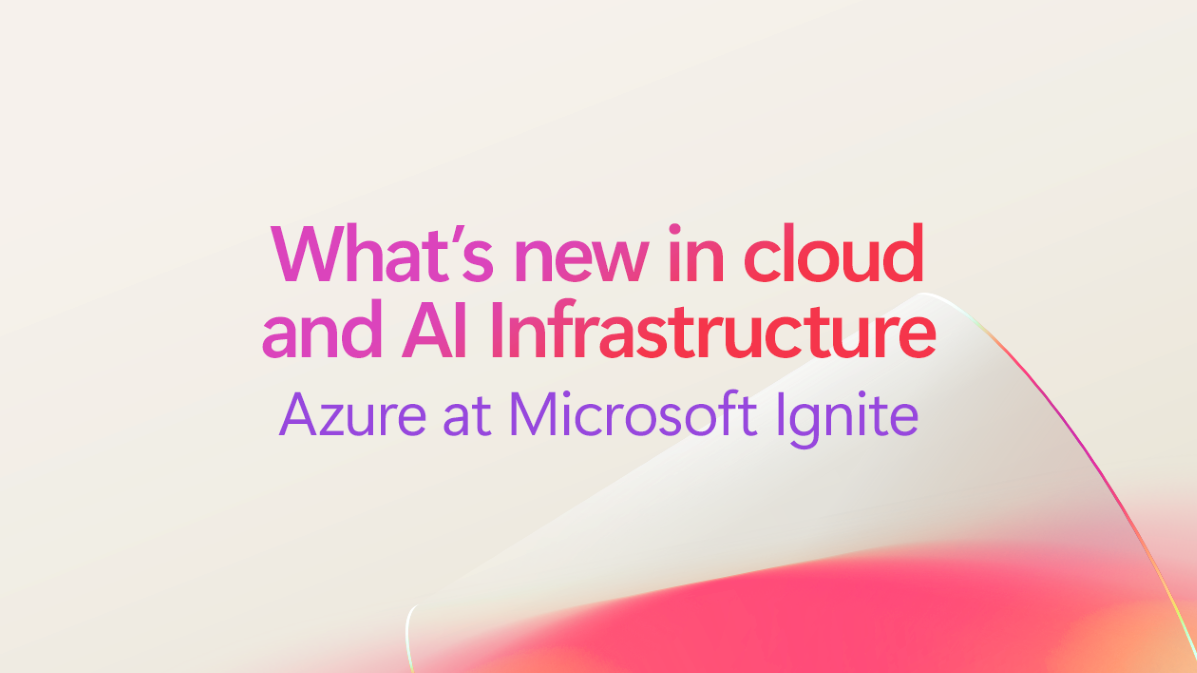Key Points:
• Microsoft is introducing significant updates to its cloud and AI infrastructure, including new silicon updates, data integrations, and flexible cloud deployments.
• The company is expanding its custom silicon portfolio to enhance its infrastructure, including the introduction of Azure Integrated HSM, a dedicated hardware security module.
• Microsoft is also announcing the launch of Azure Boost DPU, a new in-house DPU designed for data-centric workloads with high efficiency and low power.
• The company is optimizing its cooling technology for GPUs and AI accelerators, and collaborating with Meta on a new disaggregated power rack design.
Microsoft is committed to powering the next wave of AI innovation, and its foundation is its infrastructure. The company has been developing its infrastructure and designing its systems to reimagine its approach from software to silicon. This end-to-end optimization gives organizations the agility to deploy AI capable of transforming their operations and industries.
Microsoft is introducing significant updates to its cloud and AI infrastructure, including new silicon updates, data integrations, and flexible cloud deployments. The company is expanding its custom silicon portfolio to enhance its infrastructure, including the introduction of Azure Integrated HSM, a dedicated hardware security module. This module hardens key management to allow encryption and signing keys to remain within the bounds of the HSM, without compromising performance or increasing latency.
Microsoft is also announcing the launch of Azure Boost DPU, a new in-house DPU designed for data-centric workloads with high efficiency and low power. The company is optimizing its cooling technology for GPUs and AI accelerators, and collaborating with Meta on a new disaggregated power rack design. This design enables up to 35% more AI accelerators in each server rack, enabling dynamic power adjustments to meet the different demands of AI workloads.
Microsoft is also announcing the launch of Azure ND H200 V5 Virtual Machine series, which utilizes NVIDIA’s H200 GPUs with enhanced memory bandwidth. The company is bringing the NVIDIA Blackwell platform to the cloud, and announcing the launch of Azure ND GB200 v6, a new AI-optimized Virtual Machines series that combines the NVIDIA GB200 NVL 72 rack-scale design with state-of-the-art Quantum InfiniBand networking.
The company is also sharing its latest advancements in CPU-based supercomputing, the Azure HBv5 virtual machine, which is powered by custom AMD EPYCTM 9V64H processors. These VMs will be up to eight times faster than the latest bare-metal and cloud alternatives on a variety of HPC workloads, and up to 35 times faster than on-premises servers at the end of their lifecycle.
Microsoft is committed to helping organizations accelerate their AI transformation by providing a powerful, secure, and adaptive cloud infrastructure. The company is introducing a new cloud-connected, hybrid infrastructure offering, Azure Local, which brings together Azure Stack capabilities into one unified platform. This platform is powered by Azure Arc and can run containers, servers, and Azure Virtual Desktop on Microsoft-validated hardware from Dell, HPE, Lenovo, and more.
Microsoft is also announcing the general availability of Windows Server 2025, with new features that include easier upgrades, advanced security, and capabilities that enable AI and machine learning. The company is also previewing SQL Server 2025, an enterprise AI-ready database platform that leverages Azure Arc to deliver cloud agility anywhere.
Overall, Microsoft’s focus on AI transformation is centered around providing a powerful, secure, and adaptive cloud infrastructure that enables organizations to integrate their applications and data, and start innovating with AI. The company is committed to helping organizations achieve their business goals by providing the optimal environment for integrating their applications and data, and by providing access to best practices and industry-leading technical guidance.
Read the rest: Source Link
You might also like: Why Choose Azure Managed Applications for Your Business & How to download Azure Data Studio.
Remember to like our facebook and our twitter @WindowsMode for a chance to win a free Surface every month.

